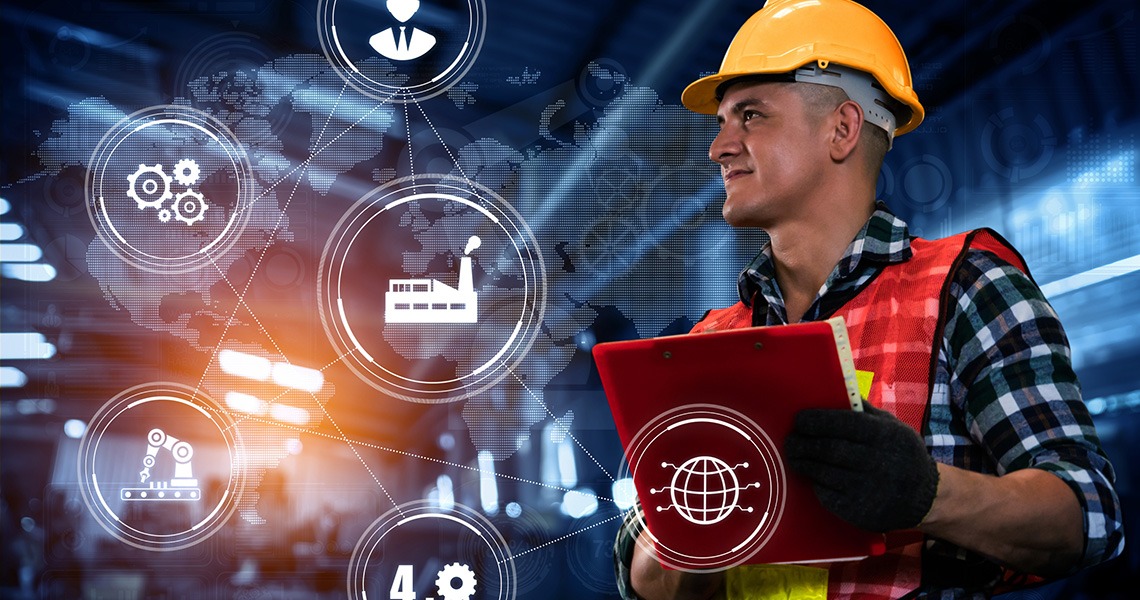The European Commission’s Directorate-General for Research and Innovation recently published a paper on how Industry should be Human Centric. In this document, Industry 5.0 is defined as a relatively new concept, which provides a basis for further developing a collaborative and co-creative vision of the European industry of the future.
Industry 5.0 will be defined by a refounded and expanded purpose, going beyond the production of goods and services for profit. This broader purpose is made up of three key elements: a human-centred approach, sustainability and resilience.
Human Centric (or Connected Employee)
Rather than taking emerging technology as a starting point and examining its potential to increase efficiency, a human-centric approach to industry places fundamental human needs and interests at the centre of the production process.
Instead of asking what we can do with new technology, we ask what technology can do for us. Instead of asking the industry worker to adapt his or her skills to the needs of rapidly evolving technology, we want to use technology to adapt the production process to the needs of the worker.
At Zerintia Technologies we have been working for years on the Connected Employee paradigm, which, in its definition, is very close to the ‘Human Centric’ concept of the European Commission: technology applied to Industry allows integrating and orchestrating the physical, logical and human elements of the industrial company by providing employees and managers with the necessary information to do their job better, thanks to Wearables, IoT and Augmented Reality technologies.
Sostenibilidad y la resiliencia
Para que la industria respete los límites planetarios, debe ser sostenible. Necesita desarrollar procesos circulares que reutilicen y reciclen los recursos naturales, reduzcan los residuos y el impacto medioambiental.
La resiliencia, por su parte, se refiere a la necesidad de desarrollar un mayor grado de solidez en la producción industrial, armándola mejor contra las interrupciones y asegurándose de que puede proporcionar y apoyar infraestructuras críticas en tiempos de crisis.
Un requisito previo importante para la Industria 5.0 es que la tecnología esté al servicio de las personas, y no al revés. En un contexto industrial, significa que la tecnología utilizada en la fabricación se adapta a las necesidades y a la diversidad de los trabajadores de la industria, en lugar de tener que adaptar continuamente al trabajador a una tecnología en constante evolución. El trabajador está más capacitado y el entorno laboral es más inclusivo. Para lograrlo, los trabajadores deben participar estrechamente en el diseño y despliegue de las nuevas tecnologías industriales, incluidas la robótica y la IA.



